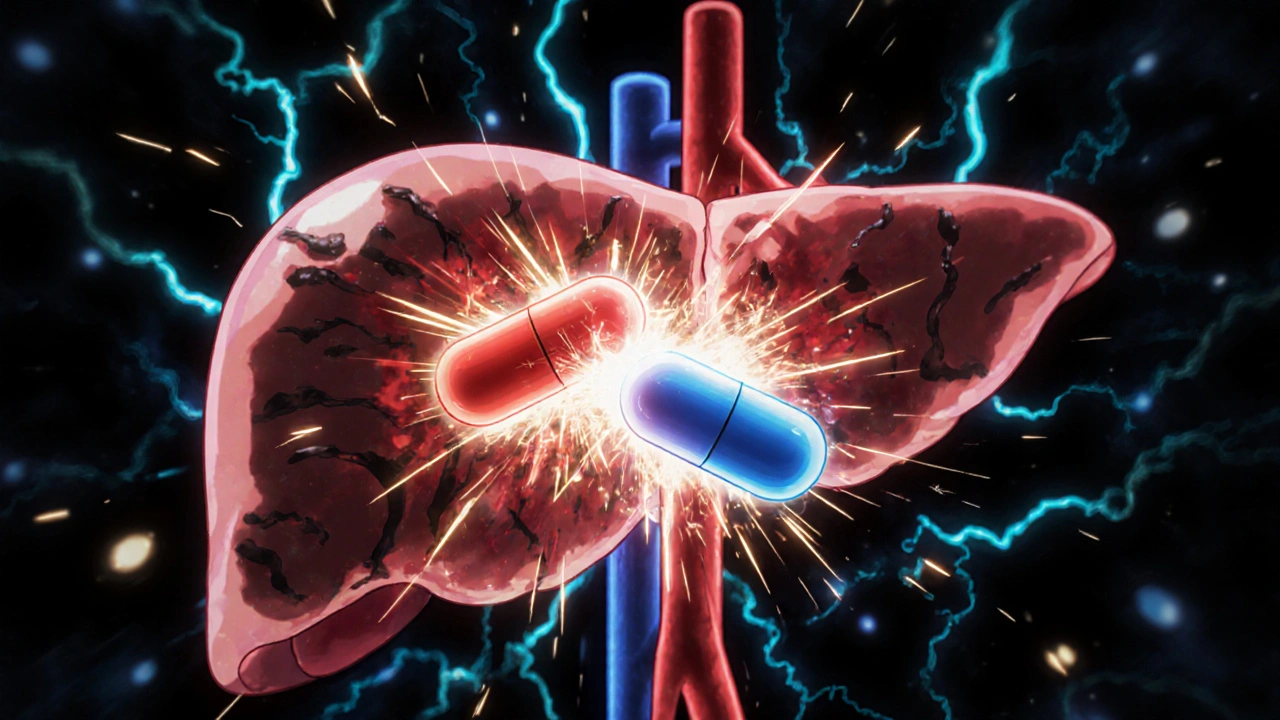CYP2D6: How This Enzyme Affects Your Medications and Why It Matters
When you take a pill, your body doesn’t just absorb it and call it a day. It has to break it down—and one of the main workers doing that job is CYP2D6, a liver enzyme that metabolizes about 25% of all prescription drugs. Also known as cytochrome P450 2D6, it’s the reason why two people taking the same dose of the same medicine can have totally different experiences—one feels better, the other feels sick.
CYP2D6 doesn’t work the same for everyone. Your genes decide if you’re a poor, normal, rapid, or ultra-rapid metabolizer. If you’re a poor metabolizer, drugs like codeine, tramadol, or certain antidepressants might build up in your system and cause dangerous side effects. If you’re ultra-rapid, those same drugs might get broken down too fast, leaving you with no pain relief or mood improvement. This isn’t rare—up to 1 in 10 people of European descent are poor metabolizers. And it’s not just about painkillers or antidepressants. CYP2D6 also handles beta-blockers, antipsychotics, and even some cancer drugs.
This enzyme doesn’t work alone. It’s part of a bigger system called pharmacogenomics, the study of how genes affect how your body responds to drugs. When doctors ignore your CYP2D6 status, they’re guessing. When they test it, they’re prescribing with precision. Some hospitals now screen patients before starting certain meds, especially if they’ve had bad reactions before. But most don’t. That’s why you might be taking a drug that’s not working—or making you feel worse—and no one knows why.
It’s not just about your genes. Things like other medications, liver health, or even smoking can change how CYP2D6 works. Grapefruit juice? Doesn’t touch CYP2D6—but some antidepressants do. That’s why taking two pills that seem harmless together can cause a dangerous interaction. And if you’ve ever wondered why your doctor switched your antidepressant after a few weeks with no results, CYP2D6 might be the hidden reason.
Below, you’ll find real-world stories and science-backed guides that connect CYP2D6 to everyday medication problems. From why some people get nausea from GLP-1 drugs while others don’t, to why certain blood pressure pills trigger gout flares in some but not others, the answers often come down to this one enzyme. You’ll also see how genetic testing can help you avoid trial-and-error prescribing, why some patients end up taking separate pills instead of combo packs, and how emergency meds might not work as expected if your metabolism is off. This isn’t theoretical. It’s happening to people right now—and you can use this knowledge to take control.
CYP450 Enzyme Interactions: How Medications Compete for Metabolism
CYP450 enzymes metabolize 90% of medications, but drug competition can cause dangerous interactions. Learn how common meds like statins, antidepressants, and blood thinners clash - and how to stay safe.

